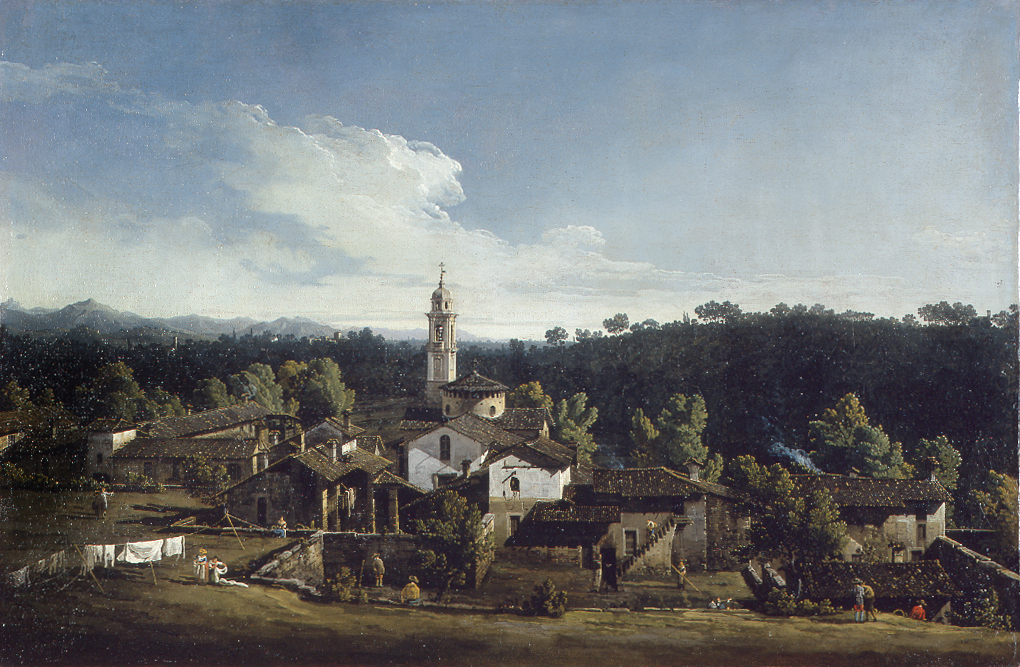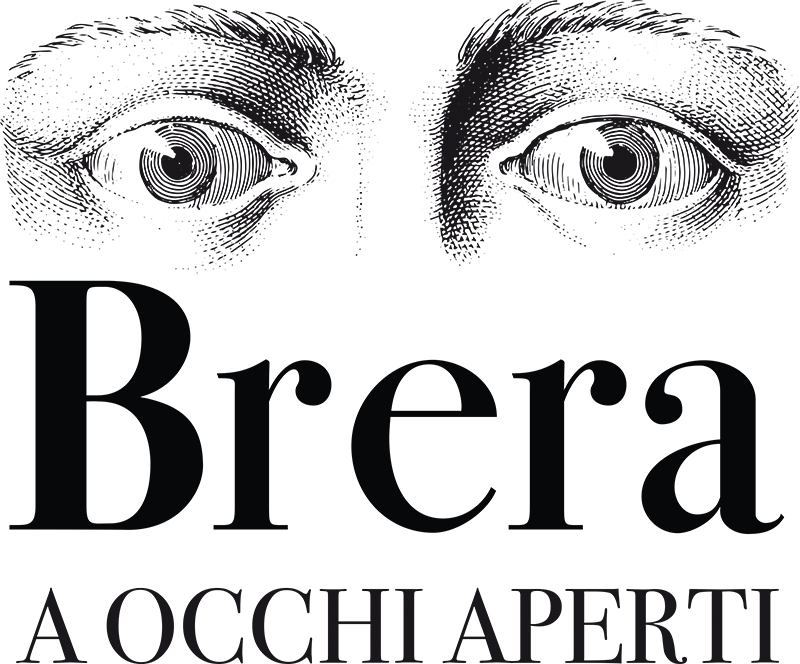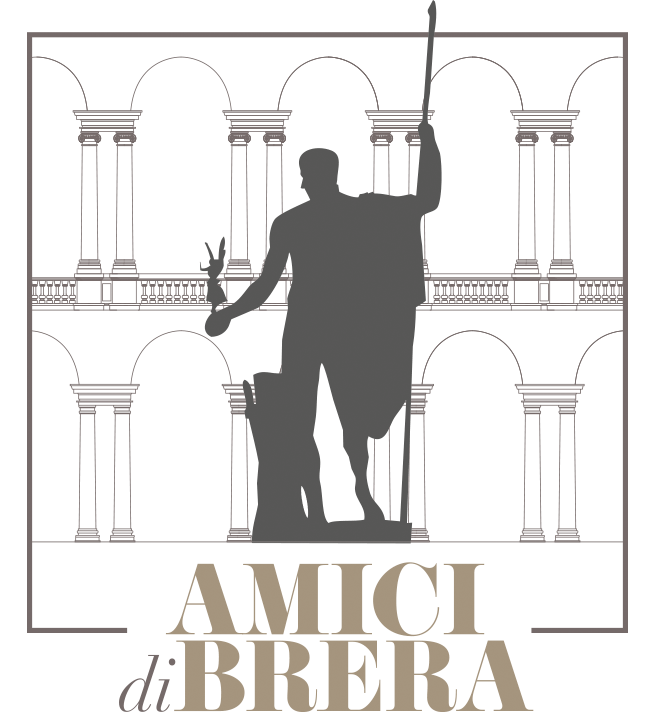BERNARDO BELLOTTO
(Venezia, 30 gennaio 1721 – Varsavia, 17 ottobre 1780)
View of Gazzada
1744
Oil on canvas
64,5×98,5 cm

PAINTING
The twin canvases with views of Gazzada and of the villa then known as Perabò were commissioned from the Venetian painter by the two nobles who owned the estate, the brothers Gabrio and Giuseppe, prominent exponents of the Milanese government.
The view of the town is extremely accurate, while the building is rendered so as to covey a predetermined version of reality and to exalt the beauty of country houses. The two works are landmarks of European landscape painting, representing at once its climax and its forward movement.
Where Canaletto enveloped Venice in an abstract light, creating an image that stood outside of time, crystallised in a deliberate formal perfection, his nephew, Bellotto, accurately captured a precise time of the day with its fleeting plays of light, anticipating the great landscape painting of the 19th century and his emotional adherence to reality.
BIOGRAPHY
Bernardo Bellotto was born in Venice. His mother was Fiorenza Canal, sister of the great landscape artist Antonio Canal, known as Canaletto.
Since a very early age, Bernardo was apprenticed to his famous uncle. He travelled extensively, cultivating a lasting career abroad: in Dresden, and later in Vienna, where he worked for the empress Maria Theresa of Austria. The accuracy in his rendering of reality was such that his depictions of Warsaw (where he died) were used as models for the reconstruction of the city after the bombings in World War II.
His style is marked by the pursuit of an exact rendering of architectural structures, as well as by a greater liveliness in the depiction of skies and water, a more intense and contrasted play of light and shadow, and a great attention given to the phenomenal rendering of light. Thanks to these traits, he was able to transcend the classic style of landscape painting and become the forerunner of 19th century landscape art.

